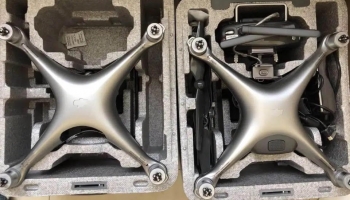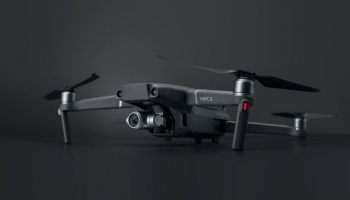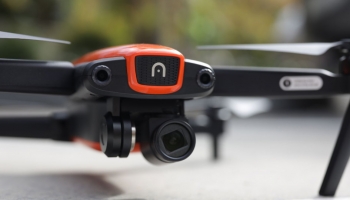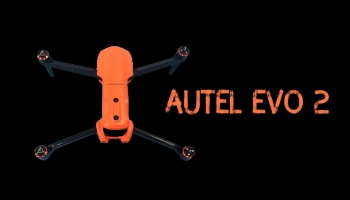The Federal Aviation Administration has issued proposed Remote ID to regulate all drones during flight session. Secretary Elaine Chao said that “the Remote ID technology will improve safety and security” by allowing Federal Aviation Administration, law enforcement and federal security agencies to identify and monitor the drones that are flying within their jurisdiction.
In 2015, the FAA established a registration system for recreational drones as a part of ongoing effort to improve identification. Since it was created, more than 1.5 million drones and 160,000 remote pilots have been registered. Earlier this year, the U.S government agency has built an automated system that is designed to authorize recreational flights in controlled airspace.
The proposed Remote ID system will be the forward on the existing framework and calls drone manufacturers such as DJI, Parrot and Holy Stone to make sure their products are capable of transmitting identification codes as well as their locations. This rule will apply to drones that weigh more than 0.55 pounds or 8.8 ounces.
Drone manufacturers will be required to comply with the rule in two years after the regulations go into effect. Drone operators that are still using non-complying drones will have three years to phase out. According to the FAA proposed remote ID rules, there are three approved modes of operation for drones:
- If the operator maintains their drone within a 400-foot radius, the Remote ID will be sent via a wireless internet connection to a monitoring device.
- Beyond that radius, the drone needs to be equipped with broadcasting information over a specific radiofrequency.
- Drones that don’t have Remote ID system installed can be only operated within FAA-designated zones, similar to places where hobbyists can fly their model planes.
More details are to be told at a later date. FAA is leaving up a portion of the details to the drone industry to come up with standards and frequencies. They plan to work with contractors to develop an online monitoring system for public use. When the regulations get approved in 2020, all drones will have to be registered.
The introduction of the Remote ID system establishes a regulatory framework that opens up for the major companies to move into a completely new market. Which several business analysts say it could transform into a $1.25 billion business by 2029. Among these players in the market is Kittyhawk.io who is well known for their implementation of AI technologies onto drones.
Concerning the cost of implementing Remote ID for drone pilots are completely free and doesn’t require any maintenance as they are done remotely. Implementation of Remote ID can help smoothen the way for Amazon, Google and other retail giants to move forward with drone delivery systems that are under the eyes of the FAA.







